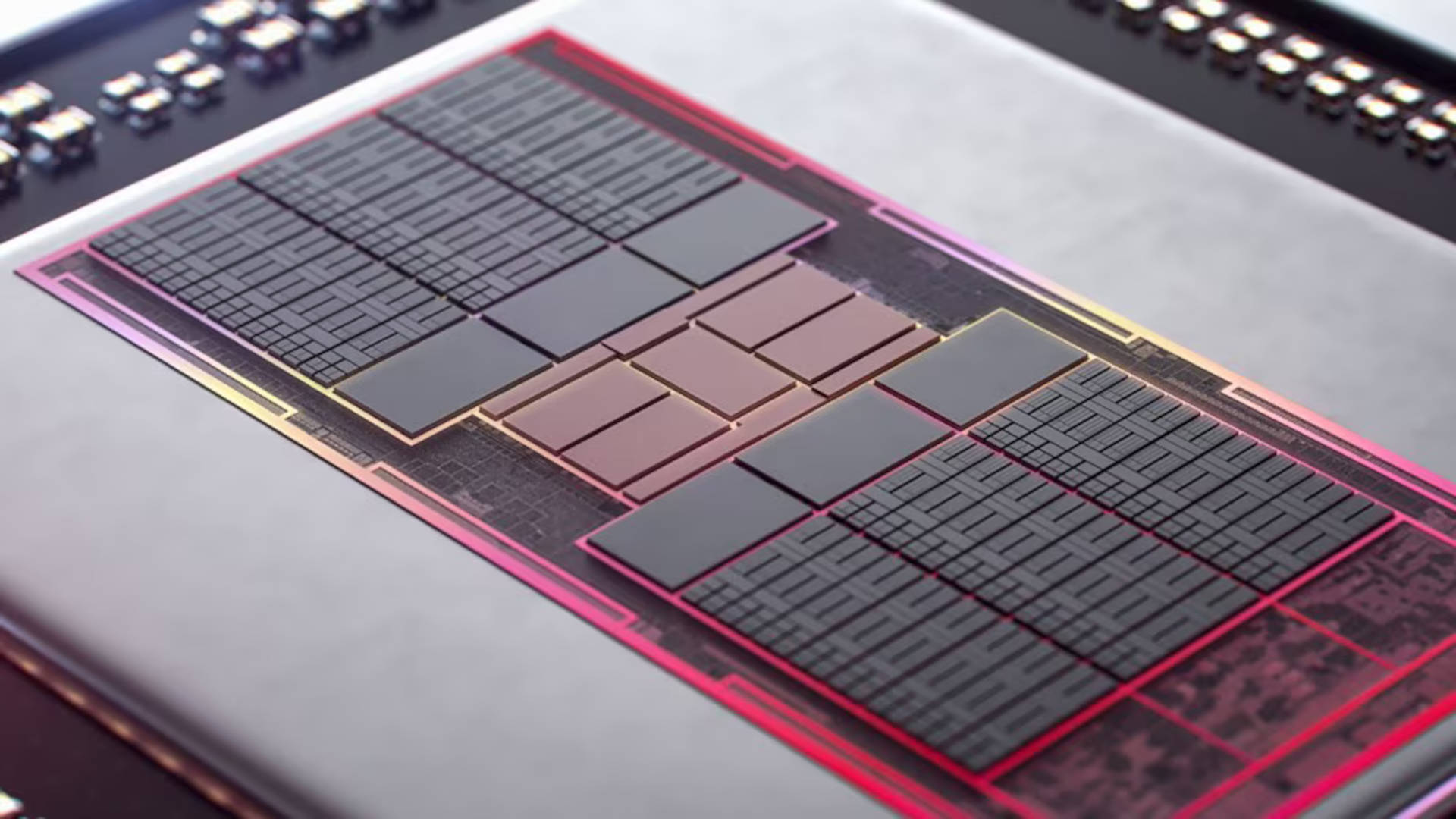
AMD has uploaded a set of new files to its Linux repository, something that it does regularly. What makes these special is the one specifically for graphics chips uses a codename that tallies with a previous update to its Linux compiler, all of which confirms that a refresh to the RDNA 3 architecture is nearing release.
The first recipients of the updated GPU architecture will almost certainly be the forthcoming Strix Point and Strix Halo laptop APUs. In the case of the latter, it's being claimed to be packing a graphics chip that's on par with a laptop RTX 4070, though that's mostly down to the number of shaders it has, rather than the updated architecture.
News of the repository upload was reported by Linux gurus Phoronix, whereas the changes to the LLVM compiler were analysed by Chips and Cheese. Both of them point out that the new GPU firmware, codenamed GC 11.5, is the main clue to it being an RDNA 3 Refresh (or RDNA 3.5 or RDNA 3+, take your pick). That particular code isn't used by any current graphics processor, so it's definitely for something new.
Additional evidence comes in the form of the VCN (Video Core Next) firmware update, which is still on version 4. That's used in current RDNA 3 GPUs and AMD is unlikely to completely redo the video encoders just for a refresh.
So what exactly can we expect with RDNA 3+? According to Chips and Cheese, the updates are fairly minor and mostly concern just making the chips more flexible, in terms of programming and getting the best performance out of them. For example, every Compute Unit in an RDNA 3 GPU contains two scalar ALU (arithmetic logic units) that only handle integer or whole number calculations.
That's been changed to include floating-point values, which means the scalar units can be utilised more often, though they won't have the same capabilities as the full vector ALUs that handle most of the shader routines.
There are some other changes underneath the hood but the improved scalar ALUs are the most significant. It all points to Strix Halo APUs being seriously beefy and they could go a long well to helping AMD crack Nvidia's dominance of the discrete GPU market for laptops.
Adding more capability to a GPU typically requires more transistors, which in turn makes the chips larger, but with AMD expected to use TMSC's N4 process nodes for Strix Halo/Point, they shouldn't be too large at all.
Phoronix points out that, historically, AMD releases Linux firmware updates when it is very close to launching a new product, which implies that the new APUs are close to launch. Computex 2024 is a little over a month away and if I was a betting kind of person, I'd probably stick a penny or two down on AMD announcing an updated RDNA 3 in its new APUs.







